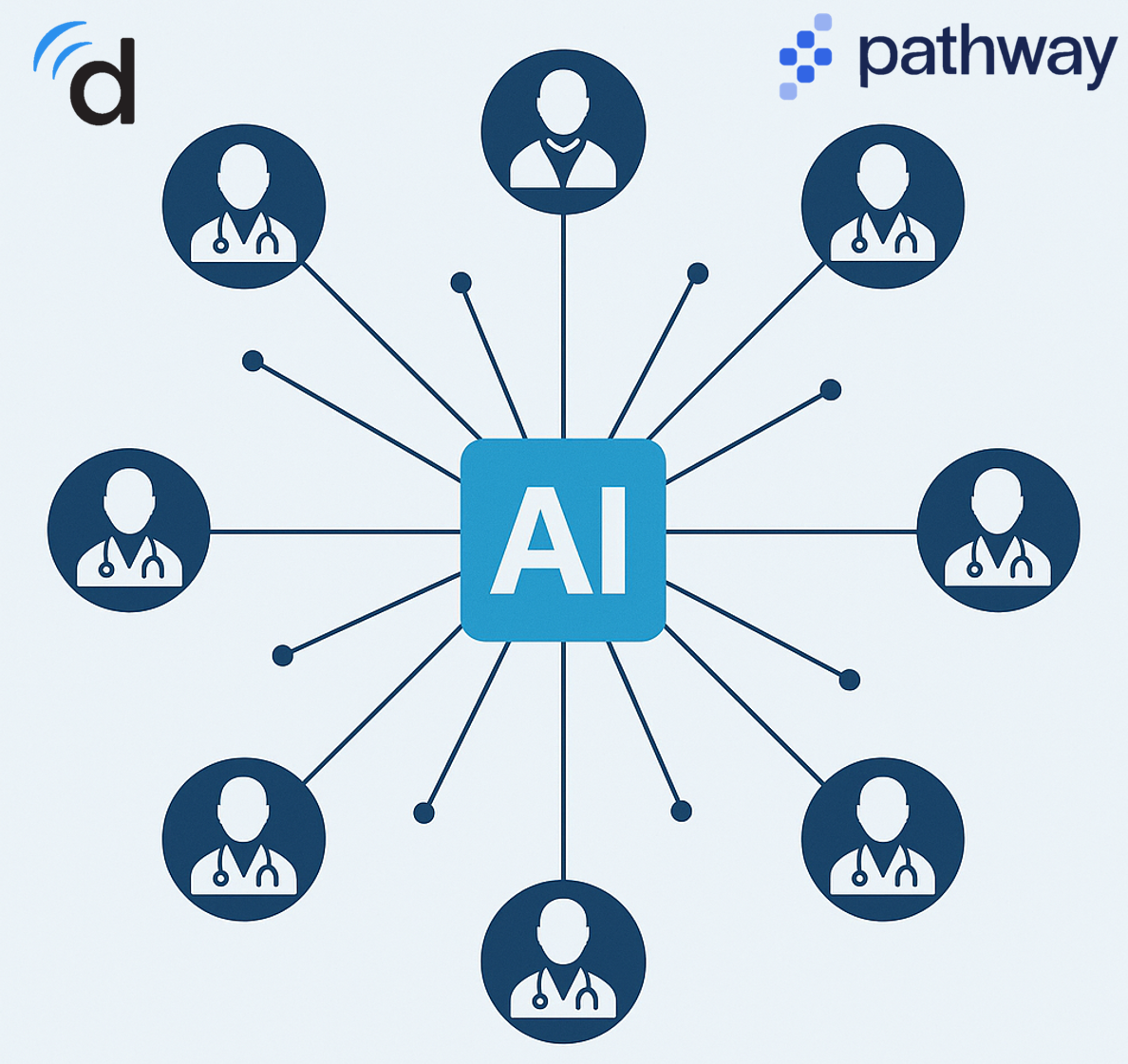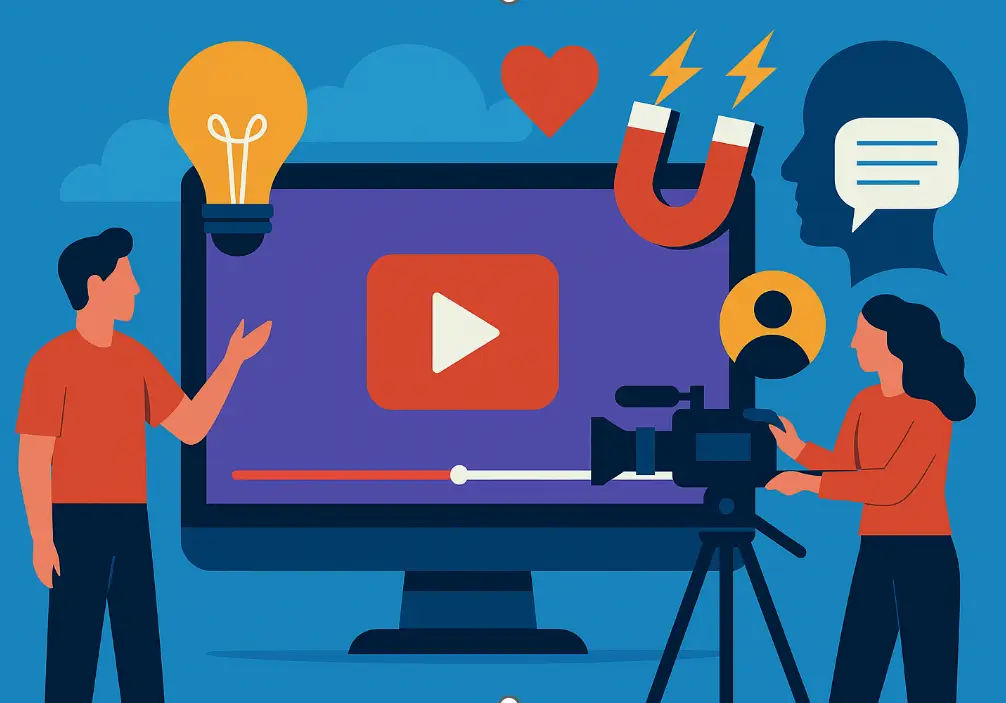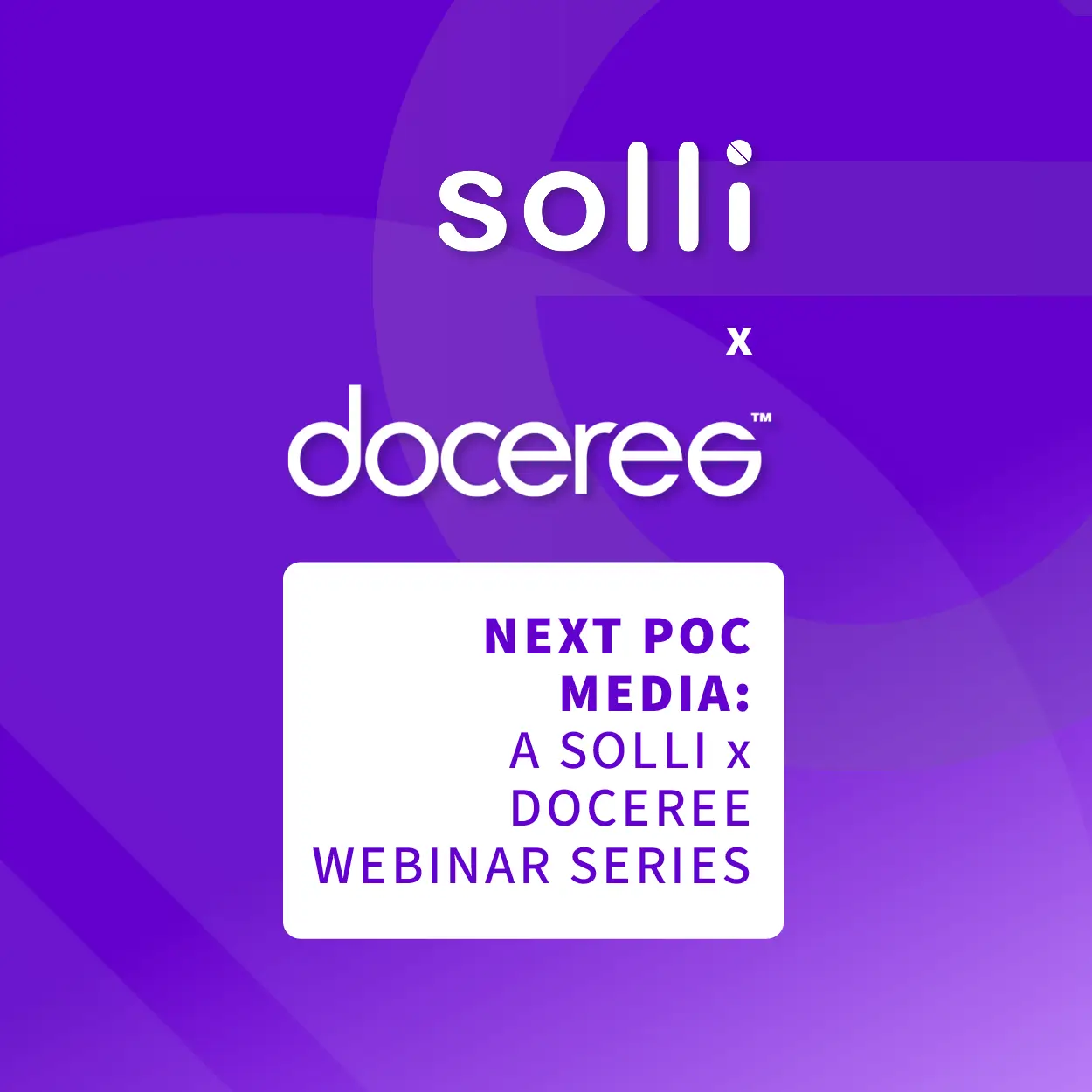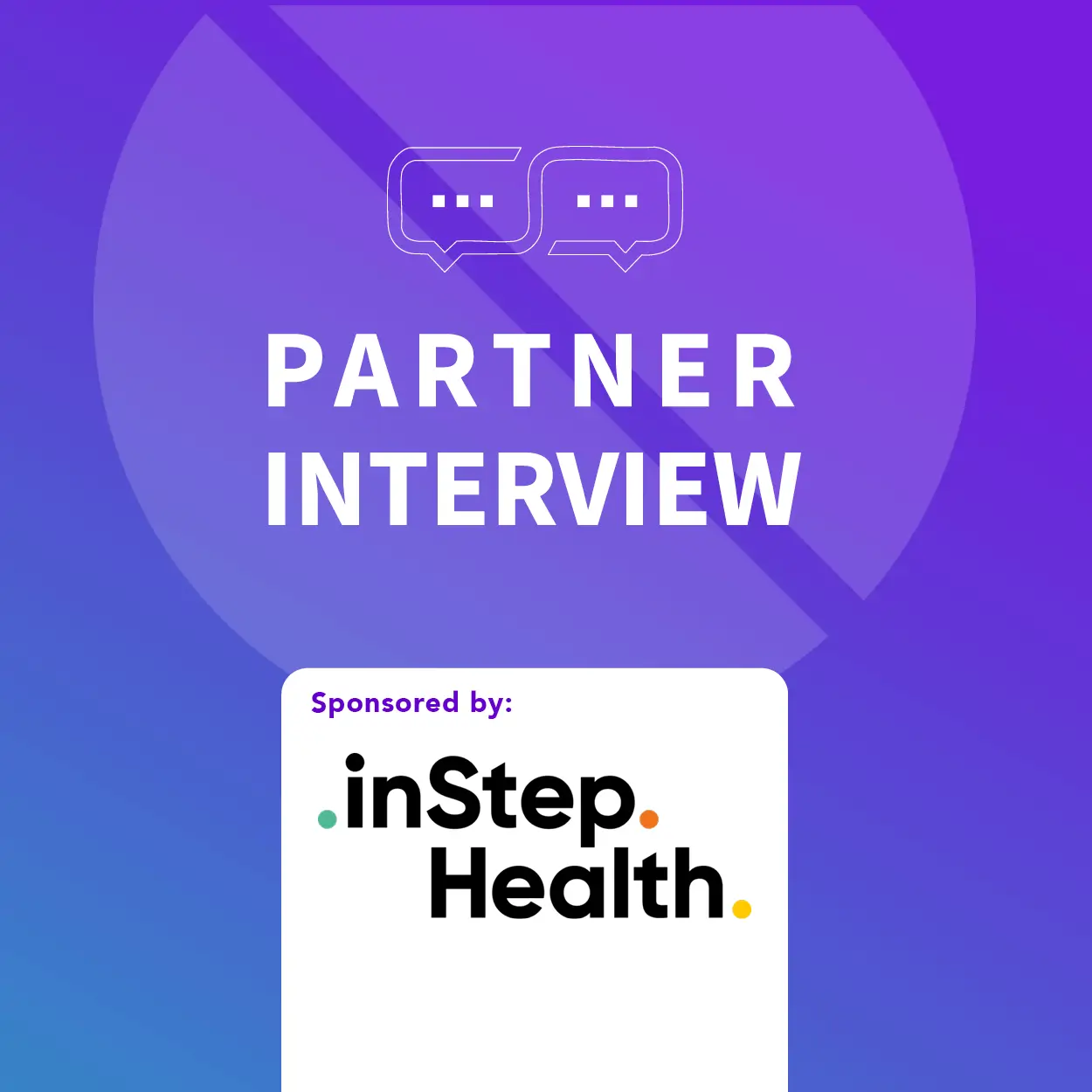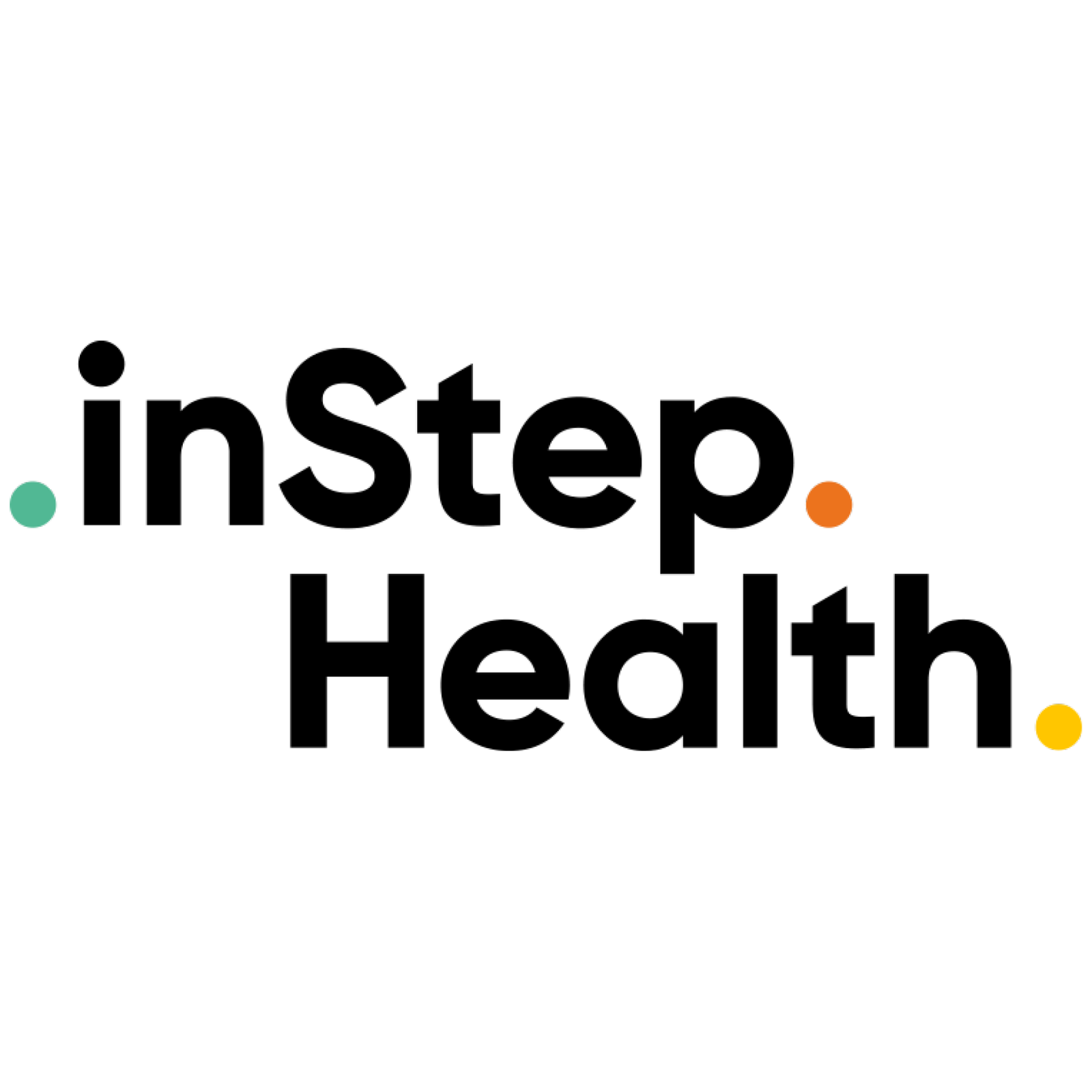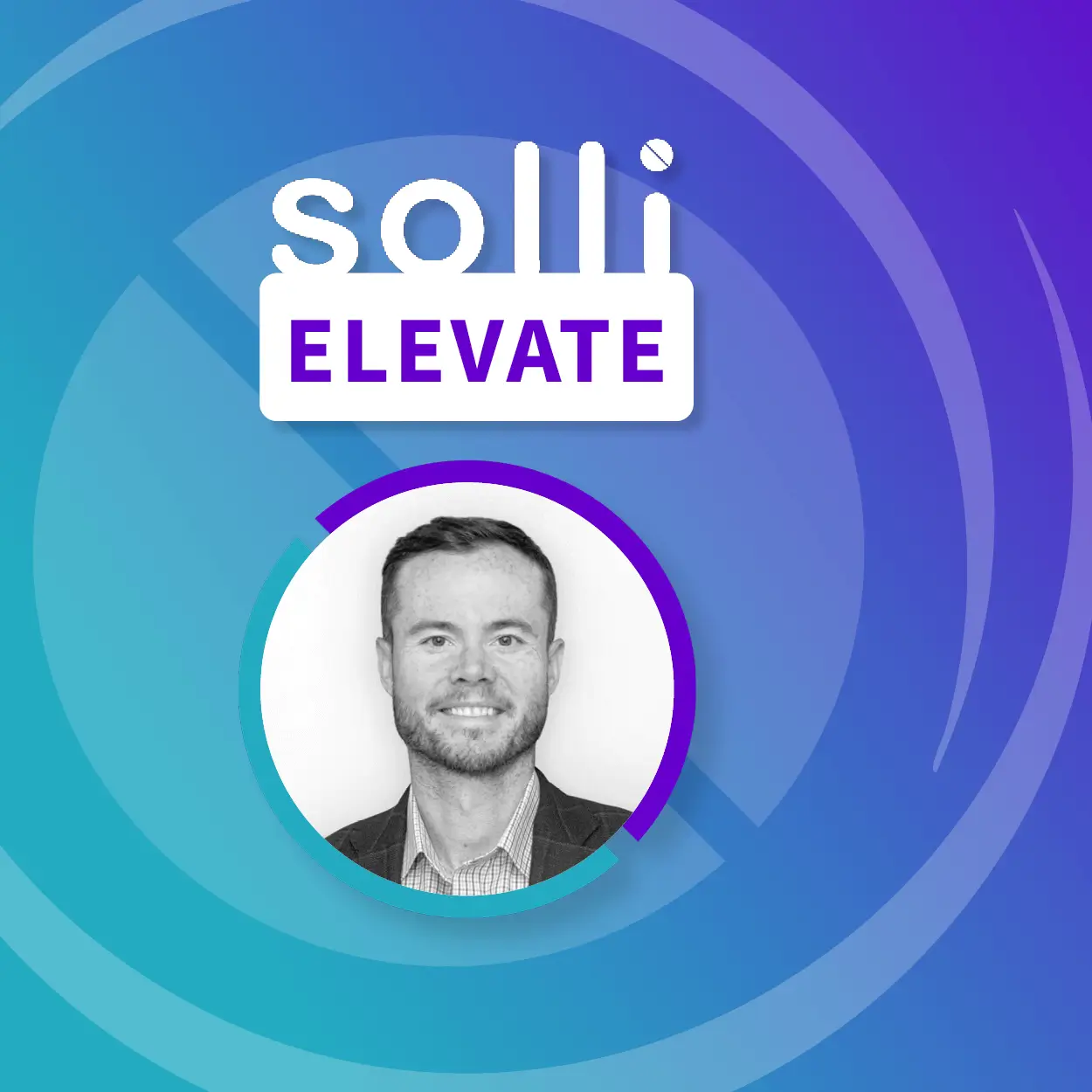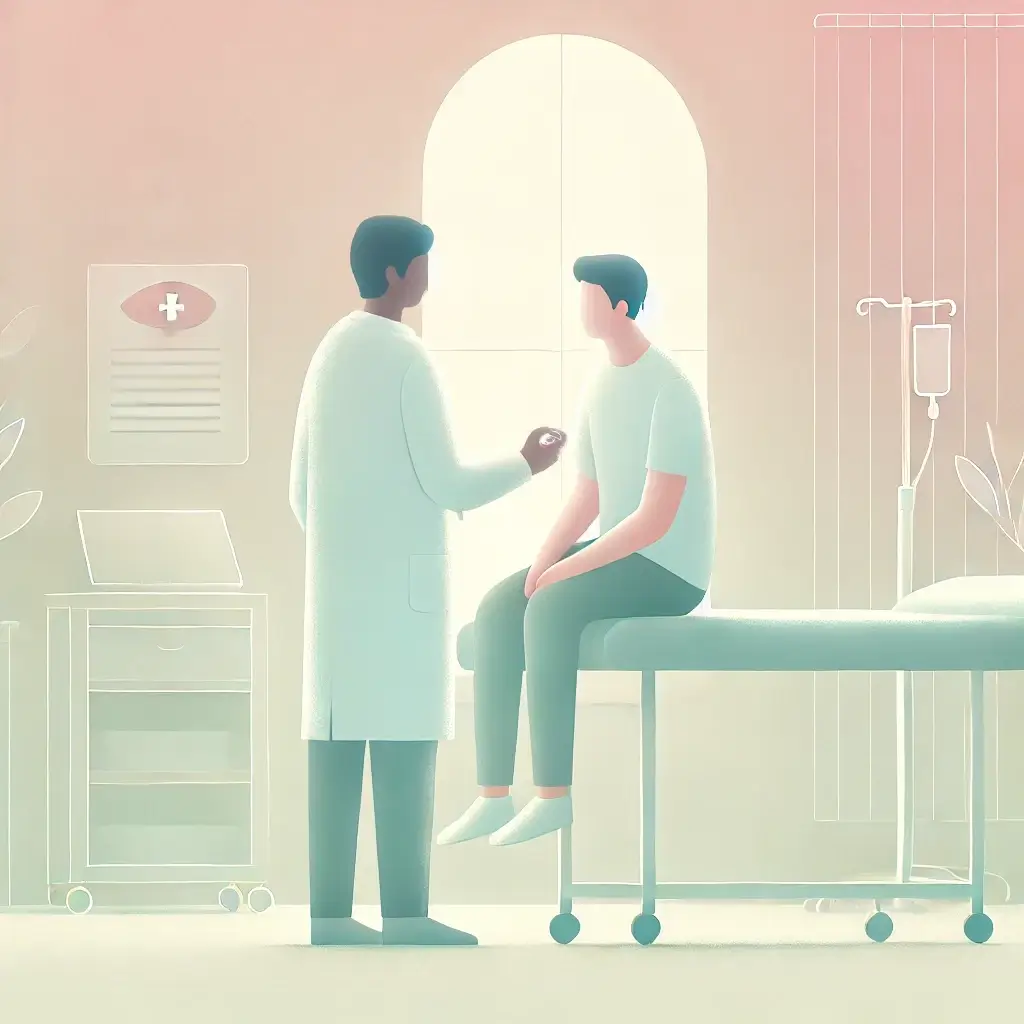The Final Frontier: Harnessing Paid Media in Medical Affairs
Why international pharma teams should harness paid media

The Paradoxes of Pharma
The pharmaceutical industry is filled with paradoxes. We desire manufacturers to invest heavily in R&D to produce groundbreaking new treatments, yet we balk at the high costs of these treatments. We want our healthcare professionals (HCPs) to be continually educated with the latest knowledge, but we shudder when the industry helps fund this education. We need to communicate the latest clinical data but expect this to happen by word of mouth via other HCPs, rather than directly from the manufacturer.
These contradictions are numerous, but today I want to address the taboo issue of utilizing paid media in medical affairs. This practice is not a dark art to be avoided, but a valuable tool to optimize the heavy investment in clinical development, ensuring that critical knowledge and data are disseminated to as many relevant HCPs as possible. It’s about democratizing science and data.
The Current State of Data Dissemination
Traditionally, new clinical trials and data are disseminated to a privileged few—the key global experts chosen to sit on advisory boards, participate in clinical trials, or write clinical papers. At best, the next tier of professionals, those lucky enough to attend international conferences, who can squeeze into satellite symposia to hear about what’s in the pipeline.
But what if there were a way to democratize this information and make it available to a much broader audience? To achieve this, we need to inform HCPs about what data is available and where to find it.
Digital Content and Access Challenges
Many manufacturers have created phenomenal digital content, often hosted on websites or portals that are rightly only accessible to HCPs. However, compliance requirements often mean that access is not possible through organic search, especially for pre-launch assets still in development. Therefore, we need to find another way to make as many HCPs aware of the latest data, thinking, and potential new treatments as soon as possible to improve patient care and outcomes.
The Role of Paid Media
The best way to achieve widespread dissemination is by using well-known and utilized communication channels to drive our audiences to this data—not to promote, but to educate. We are now fully aware of the value paid media brings to brands in a commercial setting, highlighted by two key recent trends:
- Impact on Audience Reach and Engagement: Paid media is proving effective in reaching and engaging healthcare professionals. For instance, 88% of healthcare marketers are investing in digital channels, with social media being the most prevalent at 74% usage. Moreover, investments in video content and ad-supported streaming are increasing, providing richer and more engaging communication (Digitalis Medical).
- Return on Investment (ROI) in Digital Marketing: Email marketing continues to be a highly effective channel within the healthcare sector, boasting an average ROI of up to $36 for every $1 invested. This demonstrates the substantial return and efficiency of digital marketing strategies in reaching and engaging target audiences (IQVIA Intelli Healthcare).
Barriers to Utilizing Paid Media in Medical Affairs
So, why aren’t we utilizing this channel in Medical Affairs? I believe there are three main reasons holding us back, which are easily overcome:
Siloed Thinking
There is a belief that Medical Affairs is different from the commercial or marketing teams. In reality, they are two sides of the same coin. The difference is that one team uses brand names, while the other uses generic names. One team uses brand colors, while the other uses corporate colors. Both teams are trying to do the same thing—they need to communicate the science around their asset and drive belief shifts that this asset is the most appropriate for these patients to achieve the best possible outcomes, all supported by the latest peer-reviewed data.
Compliance
The mindset of “we won’t be allowed to do that” often prevails. More often than not, teams haven’t tried, or they have approached the conversation in the wrong way. By involving compliance teams and signatories much earlier in the process and setting clear boundaries, teams will be surprised by how much they can do. Compliance can be incredibly valuable and creative in helping find solutions and paths forward.
Budgets
The belief that “marketing always has more money than we do” is pervasive. However, the biggest waste of budgets in our industry are websites, portals, webinars, and symposia that no one visits or attends. A well-planned media campaign can easily boost footfall to your digital and in-person events, optimizing these investments. By constructing plans and focusing on fewer but more impactful events, engagement can be maximized via paid media.
Conclusion
Paid media is a significantly under-utilized channel by Medical Affairs and can be used to quickly and efficiently increase traffic and attendance at key events in your communications plan. Whether it be a key congress, data releases on your website or portal, or your own hosted webinar, you can maximize these activities by increasing awareness and signposting them to your audiences. Healthcare professionals understand and accept that new data and education will come from pharmaceutical companies. If delivered correctly, focusing on valuable data and scientific exchange, trust can be quickly built, establishing a community and driving engagement.
Using paid media in Medical Affairs may be one of the final frontiers for the international pharmaceutical industry, but now, more than ever before, the time has come to boldly go where no one has gone before.
Richard Rowe is an award-winning Healthcare Communications leader with extensive experience in marketing & medical communications through a variety of roles as a senior leader in a large network agency and senior marketing & leadership positions in several multi-national healthcare companies.



